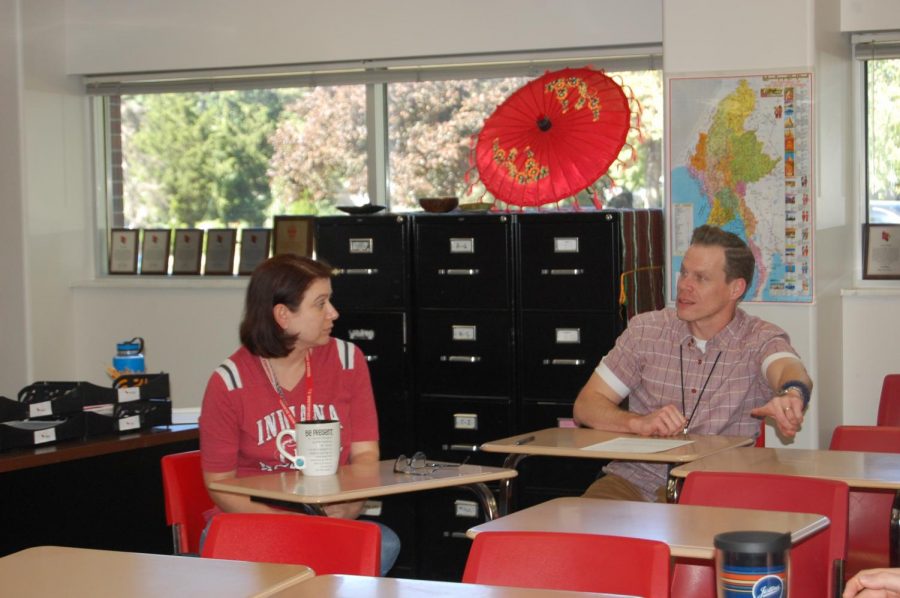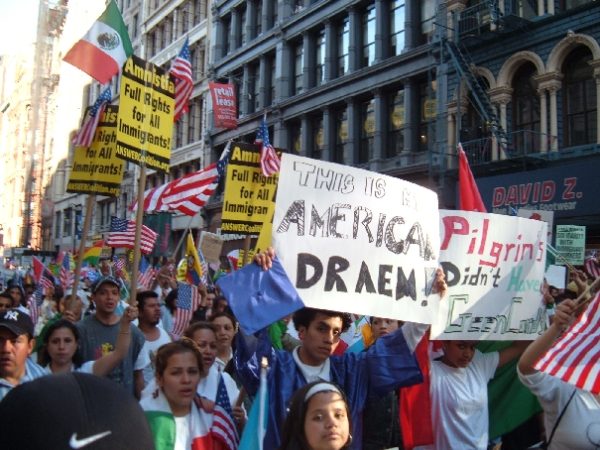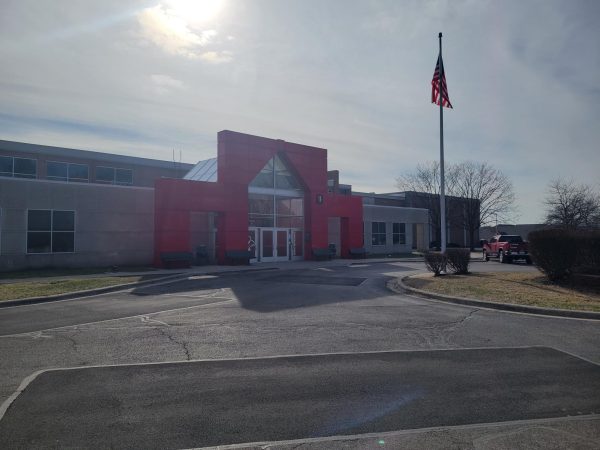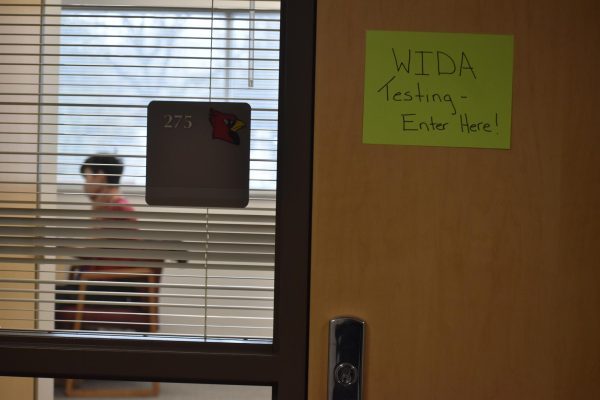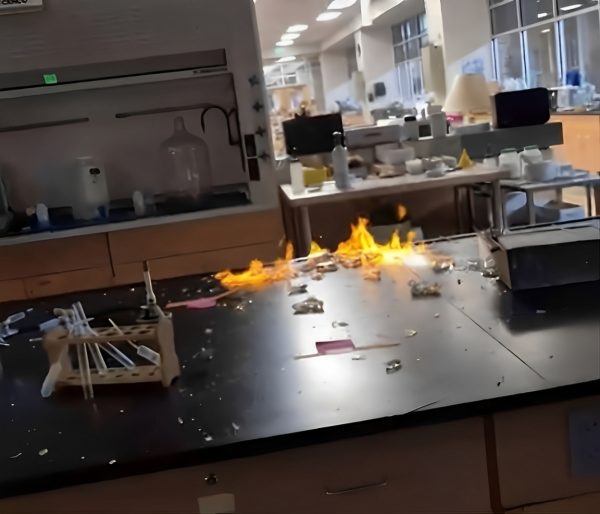Discussing diversity
Two SHS teachers lead an anti-racism group for their colleagues
Social studies teacher David Luers and EL teacher Amy Peddie talk during a meeting of the anti-racism teachers group on Sept. 26 in Peddie’s room. They are the leaders of the group.
“Wouldn’t it be great if we had anti-racism workshops for teachers?” social studies teacher David Luers tweeted in April of this year. Soon, EL teacher Amy Peddie responded to the tweet in agreement. It was then that Luer’s idea began to take off. Luers and Peddie started their anti-racism workshops this school year, in hopes of educating teachers about their possible biases and helping their minority students receive an education that better suits their needs.
“The goal is to make ourselves more aware of the racist policies and the perceptions of policies people may see as racist and try to make sure that we’re not supporting those policies,” Luers said.
As their group grows, Luers and Peddie want to make their purposes for this group very clear. Luers believes that being antiracist is just not being non-racist, but actively working to undo racism. Therefore, they would like to educate their colleagues about being attentive to what they say in order to not accidentally offend a student who belongs to a racial minority group. The pair also hopes to encourage being open to listening to other people’s opinions and making race a more common topic to discuss with each other.
“This group is voluntary,” Luers said. “Most of the people who are in there are already sort of believers in this idea. As far as teachers who have not joined this group, a lot of it’s going to come through with one-on-one discussion about what anti-racism is…”
Peddie and Luers put a lot of time and thought into this group. Luers has drawn from his reading to help shape the group discussion. Four books with the most impact have been “Stamped from the Beginning” and “How to Be an Antiracist” by Ibram X. Kendi, “White fragility” by Robin DiAngelo, and “White Rage” by Carol Anderson. Peddie has taken her inspiration from her career.
“I’ve been an EL teacher almost all my life, so I have a lot of students that have their own cultures and their cultural identity,” Peddie said. “I want them, as their teacher, to keep those parts of themselves and not feel like those parts aren’t important,.”
Currently, there are 16 teachers that have joined this group. Science teacher Amanda Schnepp is one of them. She first attended one of their meetings a couple of weeks ago. In the meeting, the attendees read articles and related them to occurrences they have observed at SHS. She was interested in discussing racial and cultural diversity and how teachers can be more aware of that.
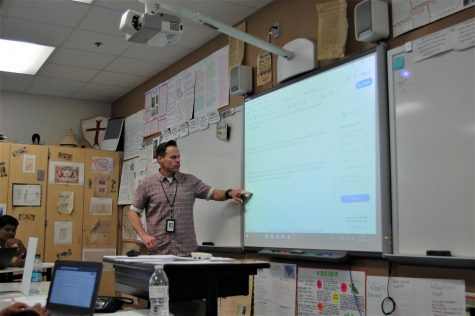
Luers teaches one of his A.P. U.S. History classes on Sept. 26. He hopes to start implementing anti-racism aspects into his lessons.
“I really think it’s an interesting thing to look at the social constructs of race,” Schnepp said. “SHS is extremely diverse, and I think it’s important, as teachers, that we recognize that diversity and look at ways to make sure that all of our students are comfortable and that the education they receive is equitable.”
The articles and discussions used during these meetings are based off of the website Barwe215. This website encourages educators be fair towards all, promote safe communities, and support all students in every aspect of their life. It uses the hashtag #BARWE215, representing a campaign that encourages teachers to talk about anti-racism with their colleagues.
“For right now, we’re using their resources, (but) ideally we’d like to get to the point where we’re bringing in our own resources,” Luers said.
Spanish teacher Connor McNeely, who has also recently joined the anti-racism group, is very passionate about it. He participates in social justice work outside of school and was excited to find out that he could promote and discuss racial justice with his colleagues.
“Anti-racism is very important to me in the world…,” McNeely said. “When I found out that we were going to have an anti-racism group at SHS of teachers, of course I wanted to join the group and work with my colleagues and work on how we can become anti-racist educators.”
Future plans for the workshops are to continue meeting once a month and growing this group throughout this school year. Luers and Peddie think that it might be beneficial to introduce an anti-racism group down the road for students as well.
“Ideally I would like to start taking these ideas and concepts and putting them into action in our classrooms and possibly even the school itself to ensure that we are all aware of the possibilities of racism and we’re working to actively prevent that from happening,” Luers said.
Sophomore Modupe Awosanya would be eager to learn about anti-racism if it were to be introduced in the classroom setting.
“I would like to see an anti-racism in the classroom because it would teach students to be more open-minded towards other races and cultures, and personally I would feel more comfortable and accepted in my environment by my peers,” Awosanya said.
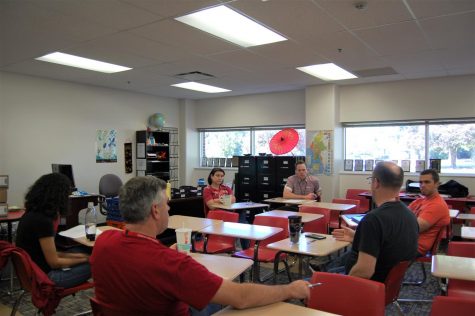
Teachers in the anti-racism group meet after school on Sept. 26. The group has been meeting since May of last school year.
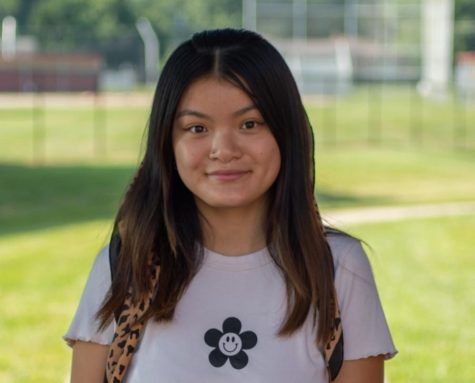
Hello! Wow, I can’t believe this is my third time writing my staff bio. From an awkward freshman with a cat backpack to a vibrant senior, time has flown...


